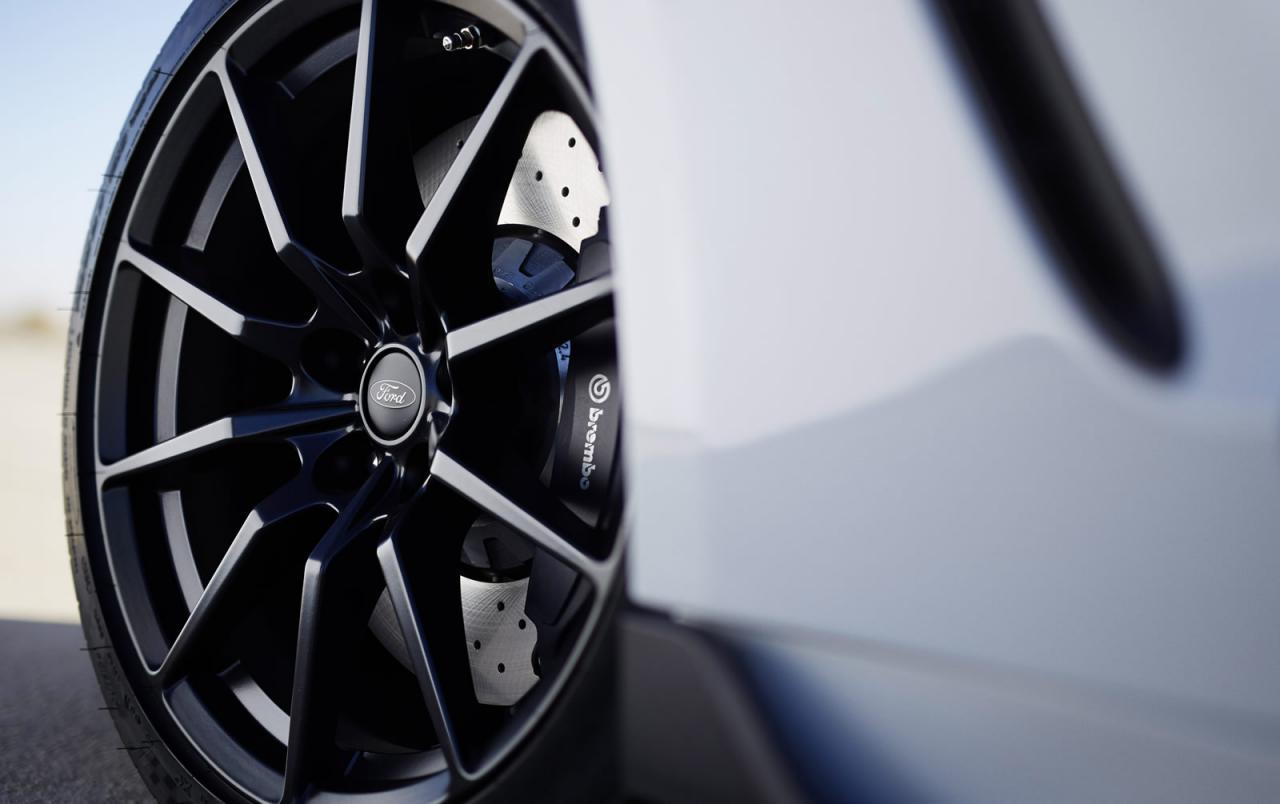The 500-horsepower Shelby Mustang GT350 is racing for a good cause.
Ford has announced plans to auction off the very first production GT350 at Barrett-Jackson in Arizona, with all proceeds going to the Juvenile Diabetes Research Foundation (JDRF).
Ford has supported the JDRF since 1983, and since that time, they’ve raised millions for type 1 diabetes research. The JDRF is the most prominent organization of its type in America.
In January, Ford partnered with JDRF to auction off the inaugural 2015 Mustang GT. The sixth-generation muscle car raised $300,000, so we expect the rarer and more revered Shelby to fetch a considerable amount more.
The GT350’s 5.2-liter V8 is Ford’s most powerful naturally aspirated engine ever, creating more than 500 hp and over 440 pound-feet of torque. Its flat-plane crank design, also called a 180-degree crank, is often used in exotic European supercars.
The two-dimensional layout can cause higher amounts of vibration in large displacement engines, but is overall a more space efficient and free-revving package.
With countless amounts of special edition, one-off, and custom tuned Mustangs out there, it can be easy to lose track of where they stack up. As for the GT350, it sits somewhere between the track-focused Boss 302 and the supercharged, 662-hp GT500.
This Shelby is the first Ford product to wear magnetic dampers, which use iron particles suspended in fluid to adjust shock stiffness. When an electrical current is applied to the damper, the particles rearrange, granting the driver more response and a tighter driving feel.
Speaking further to the car’s track-friendly nature, a standard Torsen limited-slip differential has been fitted to optimize grip in cornering and straight-line acceleration. Ford also says the GT350’s braking system, includeing 394-millimeter rotors and six-piston Brembo calipers, is the most capable in the company’s history.





